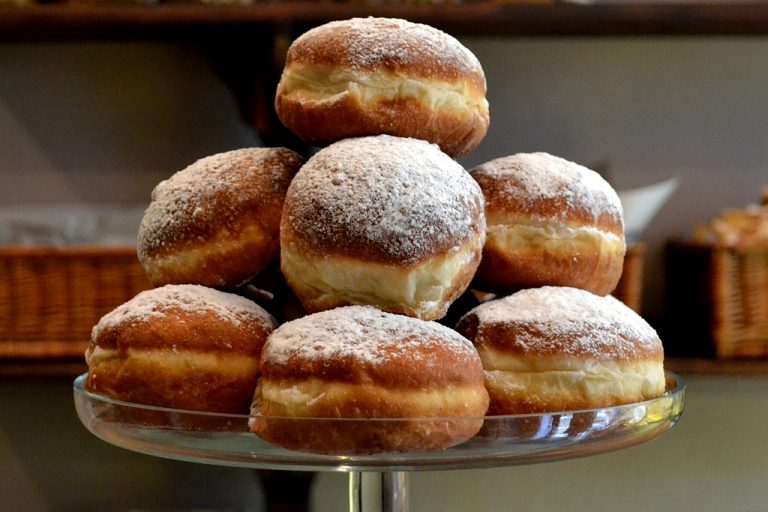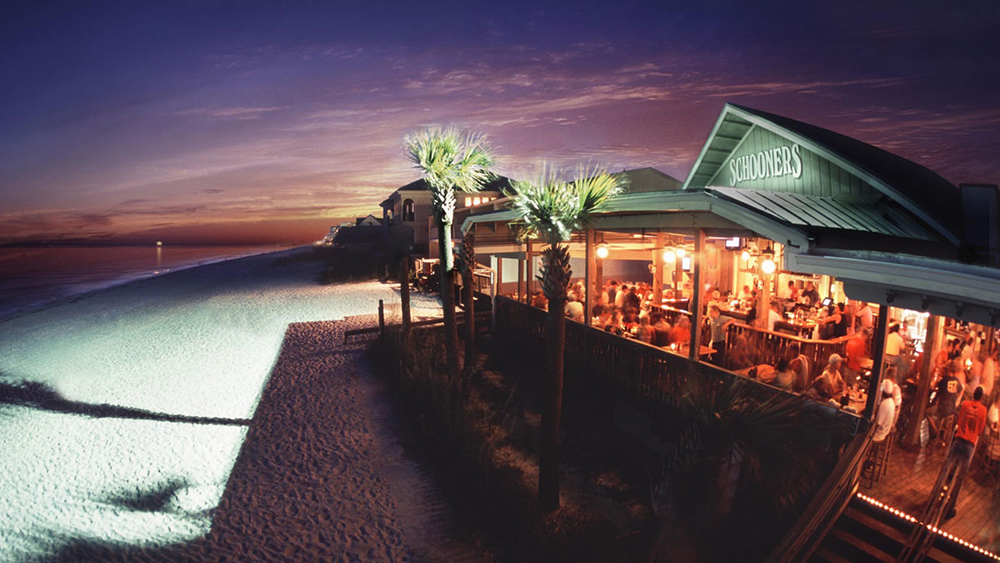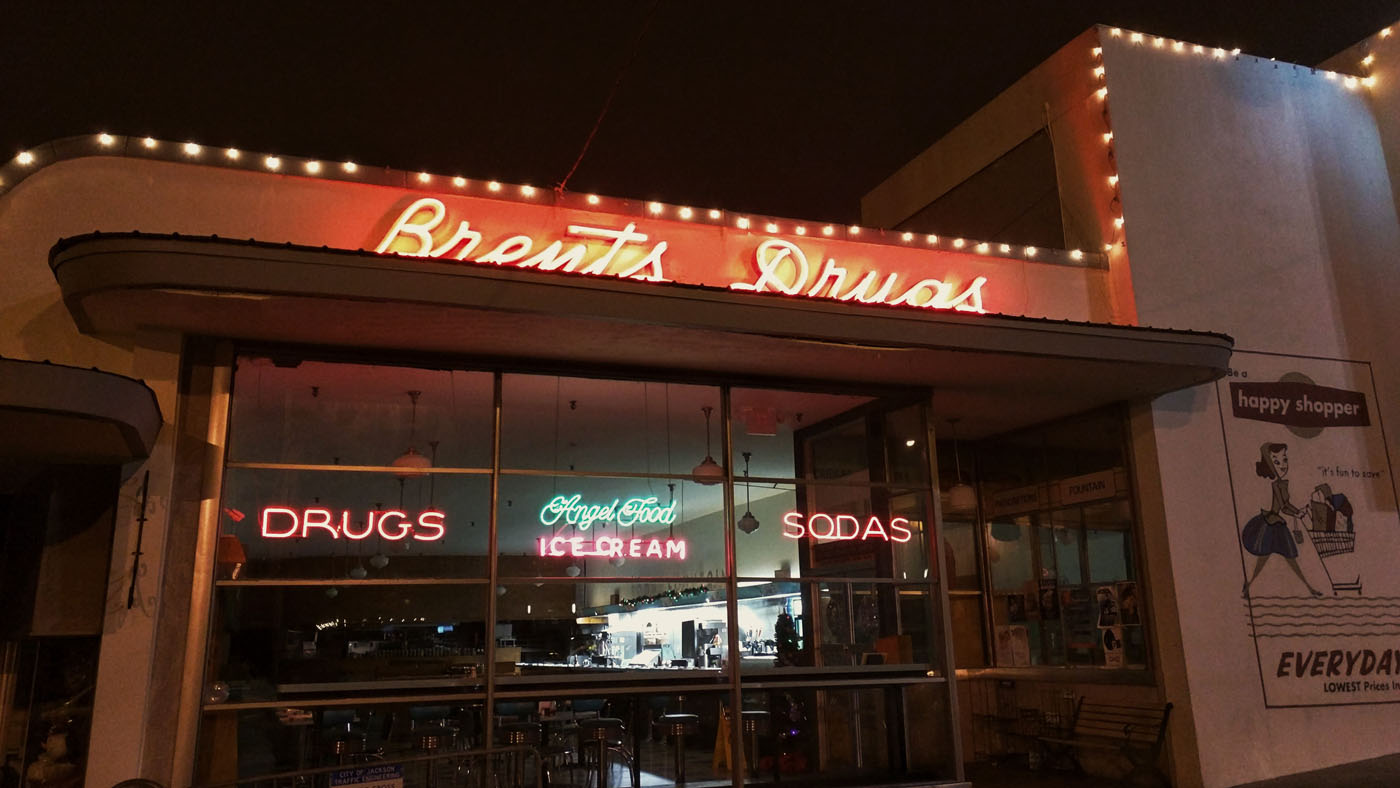Trappist Beer Part I – History of the Monks
There is a lot of fuss about all these abbey beers or Trappist beers. Why do both beer snobs and connoisseurs swear that these beers by these hermetic monks tucked away in Belgium monasteries are the greatest liquid to grace any taste buds the world round. So why not take a look into what makes these beers so darn good?
In this, the first of a three part BrewSchool series on Trappist beers, we look at where these marvelous monks came from.
Trappist beers are brewed by Trappist monks in Trappist monasteries.
What’s so special about a Trappist monk?

Trappist monks have been around in one form or another for a very long time. Before they were Trappists they were Cistercian monks, and even before that they were the Benedictine monks. Each split they took they wanted to get away from the lax teachings of the previous monastery to follow a stricter set of rules. The Cistercians were focused on self-sufficiency and manual labor. The Cistercian abbeys focused on this self-sufficiency to maintain themselves mainly by agriculture or the production of their own goods. Oftentimes they would have a surplus and would give it away or sell it to the surrounding villages. Charity and giving were huge with these monks.
Eventually even these stricter Cistercian rules became more and more laid back and the monks of Le Grande Trappe monastery in France decided enough was enough and it was time to break away. In 1664 the Abbot of La Trappe introduced a far stricter set of rules that would become known as the Strict Observance. These rules were an effort for the monks to follow as closely as possible to the teachings of St. Benedict, the most important of which was that the monastery again be self-sufficient. Throughout the changes through time this has held true for each iteration up to the Trappist monks. This is what led the monks to begin brewing beer.
The monks were taught to “live by the work of their hands” or again… self-sufficient. The monasteries would produce goods that they could sell simply to provide income for the monastery. This would range from foodstuffs like jams and jellies, cheeses and breads, and most importantly, beer.
The beers were originally brewed to feed the community and then onto provide funding for the monasteries themselves.
Why Beer?
 Beer was easy to make for the monks whereas wine, a more common consumable for the religious, was far harder to produce. Also back in those days water sources were easily contaminated and beer required the boiling of water which made it safer to drink. Beer was also cheap to produce. This made it more profitable and helped to sustain the monasteries. So beer became the product of choice, and it continued to get better. Wine was still used but for those special visitors. Beer was reserved for the monks and those that needed it and could be made in much larger quantities. The ingredients were even easier to store. Simply water and grains. Grains could be stored and water was everywhere.
Beer was easy to make for the monks whereas wine, a more common consumable for the religious, was far harder to produce. Also back in those days water sources were easily contaminated and beer required the boiling of water which made it safer to drink. Beer was also cheap to produce. This made it more profitable and helped to sustain the monasteries. So beer became the product of choice, and it continued to get better. Wine was still used but for those special visitors. Beer was reserved for the monks and those that needed it and could be made in much larger quantities. The ingredients were even easier to store. Simply water and grains. Grains could be stored and water was everywhere.
Thus began the installation of breweries in monasteries.







